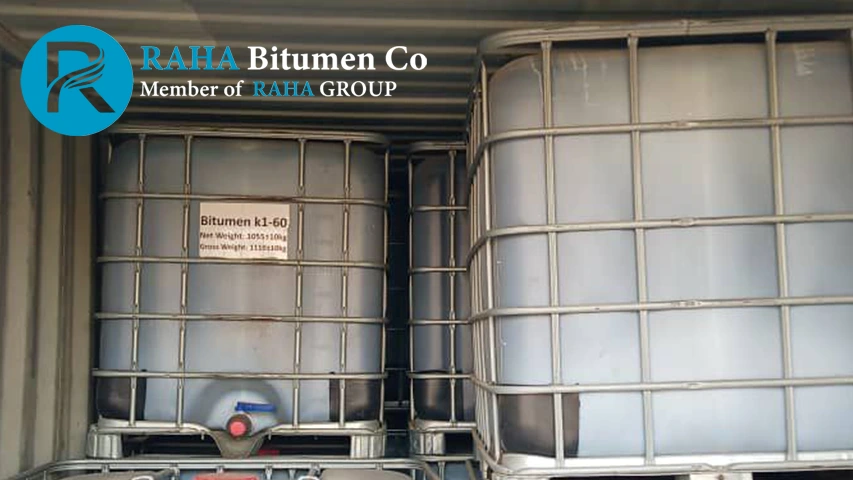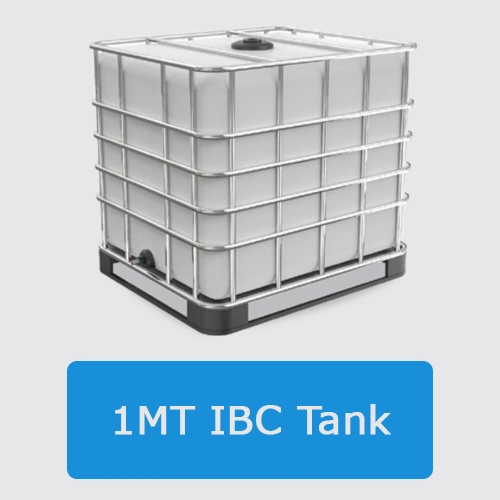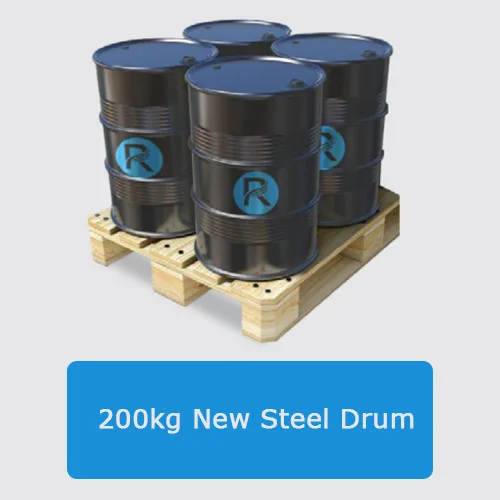
Description of Bitumen Emulsion K1-60
One of the standout features of Bitumen Emulsion K1-60 is its strong adhesion. The positive charge of the cationic emulsion allows it to bond effectively with negatively charged aggregates, ensuring a secure and durable connection. This adhesion is crucial for applications where the emulsion must firmly adhere to existing road surfaces, base materials, or aggregates.
K1-60 emulsions are designed to perform effectively in various climate conditions. They are adaptable to regional requirements and variations in weather, making them suitable for use in diverse geographic areas.
Bitumen Emulsion K1-60 is a cationic (positively charged) medium to high viscosity bitumen emulsion. Its name provides insights into its properties: “K1” indicates its cationic nature, while “60” signifies its viscosity. These characteristics make it a reliable choice for numerous construction and road maintenance projects.
Meaning
- K1: The “K1” part of the designation typically represents the type or classification of the bitumen emulsion. In this case, “K1” indicates that it is a cationic (positively charged) bitumen emulsion. Cationic emulsions often have good adhesion properties and are widely used in road construction.
- 60: The “60” part of the designation typically represents the viscosity or consistency of the emulsion. It indicates the “penetration” or “residue” value of the bitumen after emulsification. The “60” value suggests that this emulsion has a medium to high viscosity.
Process of Bitumen Emulsion K1-60
- Milling: Bitumen is first milled into fine particles to increase its surface area and improve its reactivity with water.
- Heating: The bitumen is then heated to a specific temperature to make it more fluid for the emulsification process.
- Emulsification: The hot bitumen is mixed with water and an emulsifying agent under high shear force. This creates a stable emulsion where the bitumen droplets are dispersed throughout the water.
- Maturation: The emulsion is allowed to mature for a specific period to allow for complete hydration of the emulsifying agent and stabilization of the emulsion.
- Storage and transportation: The finished K1-60 emulsion is stored in tanks and transported to application sites using tank trucks.
Application of Bitumen Emulsion K1-60
Emulsion K1-60 adheres exceptionally well, even in damp conditions. The overlay is held securely in place and the entry of water between road pavement courses is hindered. K1-60 may be used as a tack coat in special cases where night construction or high humidity exists. Cationic Bitumen Emulsion K1-60, because of its higher bitumen content, is generally used for surface dressing, patching, retread, and other similar applications.
Asphalt Emulsion K1-60 must only be applied in dry, frost-free conditions which will
remain throughout the film drying period. Temperatures of between 5°C
and 35°C should prevail.
Before application drums should be well rolled to agitate contents before use. Cationic emulsions should be applied by brushing with hand broom or squeegee. Spread in one direction only and avoid scrubbing often. It is more practical to apply by spray as this provides a uniform distribution and even film. Spray equipment should conform to BS3136: Specification for Cold Emulsion Spraying Machines for Roads. Spray evenly to avoid ponding in hollows as this may cause localized “fatting up” of the subsequent courses.
Advantages of Emulsion K1-60
Here are some of the advantages of bitumen emulsion K1-60:
- Cost-effective: Compared to cutback bitumen, K1-60 is generally less expensive due to lower energy requirements for production and application .
- Environmentally friendly: K1-60 is a water-based product and doesn’t require heating for application, reducing emissions and fumes.
- Easy application: Being a liquid, Bitumen Emulsion k1-60 can be easily sprayed, making application faster and less labor-intensive than some other materials .
- Strong adhesion: Due to its cationic properties, Bitumen Emulsion k1-60 bonds very well with aggregates commonly used in road construction, creating a strong and durable bond .
- Versatility: K1-60 can be used in a wide range of applications including tack coats, surface dressing, patching, and grouting.
- Works in various weather conditions: K1-60 can adhere even in damp conditions and can be used in colder temperatures compared to some other emulsions .
Packing of Emulsion K1-60
Cationic Bitumen Emulsion K1-60 packed in kind of packing :
- HDPE Drum- Palletized and Shrink Wrapped
- 1MT IBC Tank
- 200kg New Steel Drum- Palletized and Shrink Wrapped
1. HDPE Drum- Palletized and Shrink Wrapped
- Loading 80Drum in 20ft Container= 16 Ton Net

2. 1MT IBC Tank
- Loading 20 IBC in 20ft Container= 20 Ton Net

3. 200kg New Steel Drum- Palletized and Shrink Wrapped
- Loading 80Drum in 20ft Container= 16 Ton Net

Handling and Storage
Handling:
- Safety first: Bitumen Emulsion k1-60 is considered a hazardous material, so always wear appropriate personal protective equipment (PPE) when handling it. This includes gloves, safety goggles, and protective clothing .
- Avoid skin contact: The emulsion can irritate skin, so wash thoroughly with soap and water if contact occurs.
- Ventilation: Ensure proper ventilation in work areas to prevent fume buildup, especially in enclosed spaces .
- Fire safety: Bitumen is flammable, so keep the emulsion away from heat, sparks, and open flames. Have fire extinguishing equipment readily available .
Storage:
- Temperature control: Store Bitumen Emulsion k1-60 in a cool, dry place out of direct sunlight. Avoid freezing temperatures and excessive heat, which can damage the emulsion. Ideal storage temperature range is typically around 5°C to 35°C .
- Original packaging: Keep the emulsion in its original sealed containers whenever possible. This helps to maintain its quality and prevent contamination .
- Storage containers: Suitable containers for Bitumen Emulsion k1-60 storage include new steel drums, barrels, IBC tanks, or flexi tanks . Reconditioned drums can also be used, but ensure they are in good condition and free of contaminants.
- No heating: The product should not be heated during storage. Heating is typically only done prior to application.
- Agitation: For long-term storage, occasional gentle agitation (mixing) of the emulsion may be recommended by the manufacturer to prevent settling.Check the product data sheet (PDS) for specific recommendations.
- Avoid contamination: Protect the stored emulsion from contamination with dirt, water, or other chemicals, as this can affect its performance .
Safety Tips
Cationic Bitumen Emulsion k1-60 is a hazardous material and should be handled with care. Some safety tips when using Bitumen Emulsion k1-60 are:
- Protective Equipment: Always wear appropriate PPE when handling, including gloves, safety goggles, and protective clothing.
- Ventilation: Ensure adequate ventilation in work areas to prevent the accumulation of fumes or vapors.
- Fire Safety: Be aware of the flammable nature of bitumen and take necessary precautions to prevent fires. Keep fire extinguishing equipment on hand in work areas.
- Transfer: Ensure safe transportation of Bitumen Emulsion k1-60 by complying with transportation regulations and guidelines for hazardous materials, if applicable.
Specification
| Property | Result |
|---|---|
| Particle charge | Pos. |
| Residue on 710 um KS sieve (%)(m/m), maximum | 0.05 |
| Residue on 150 um KS sieve (g per 100 mL), maximum | 0.15 |
| Binder content (%)(m/m), minimum | 57 |
| Viscosity (degrees Engler (°E) at 20°C | 6-9 |
| Viscosity redwood No. II (s at 85°C) | – |
| Storage stability (long period test) % water content difference, maximum | 2 |


